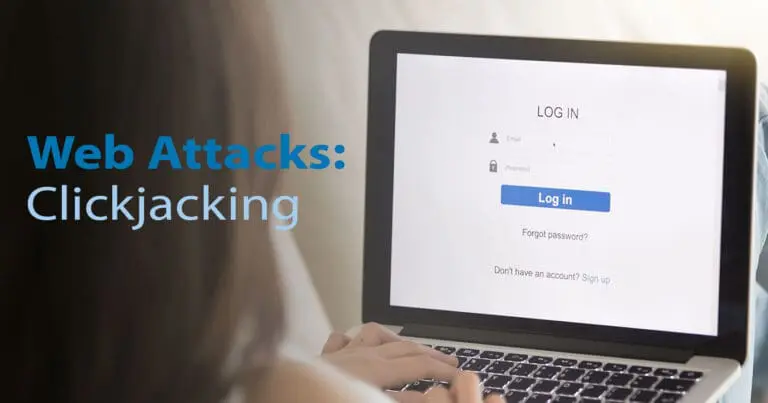Five Red Flags for Black Friday
Shop safely this holiday season by paying attention to these red flags. The Raxis Penetration Testing team shares tips to stay secure.

Shop safely this holiday season by paying attention to these red flags. The Raxis Penetration Testing team shares tips to stay secure.

Many of the external network and web application penetration tests that we perform list ‘clickjacking’ as a vulnerability. Here Raxis COO Bonnie Smyre explains what clickjacking is and how you can protect against it.
![Phishing Emails - Social Engineering [Part 1]](https://raxis.com/wp-content/smush-webp/2023/05/img-13-1-768x403.png.webp)
Raxis helps many companies avoid corporate and customer information leakage from phishing emails targeted at unsuspecting employees. Raxis COO Bonnie Smyre tells more here.